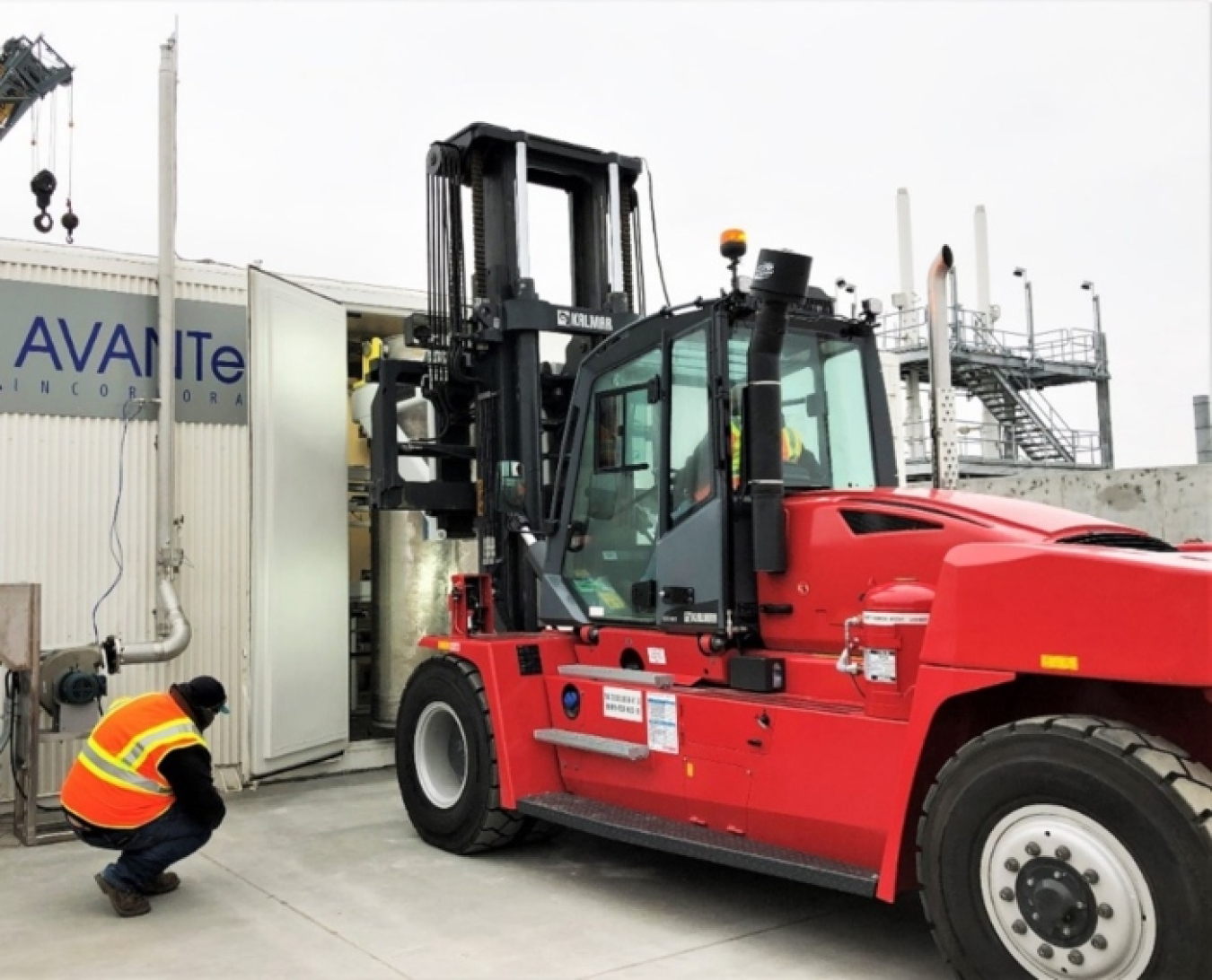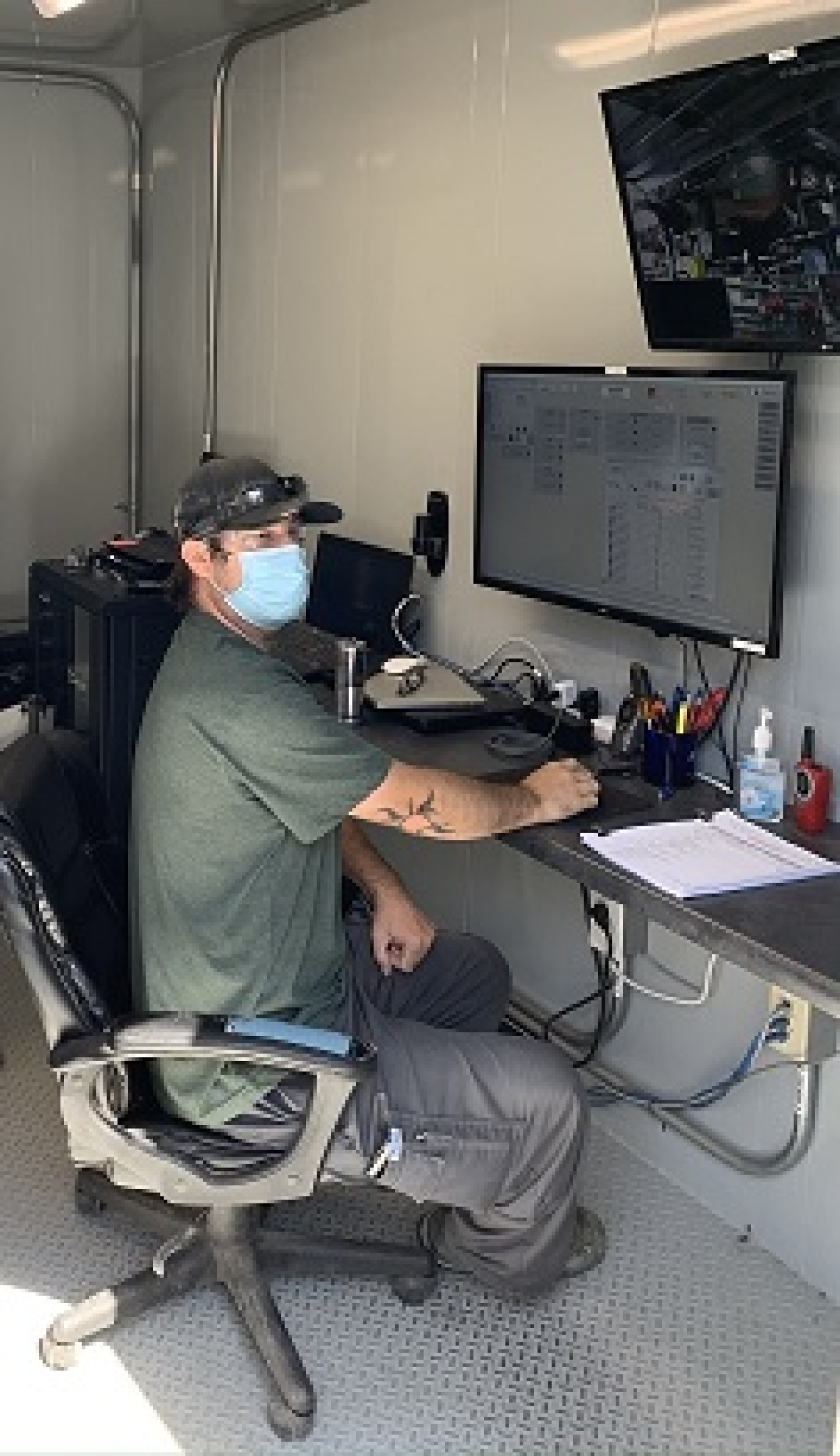
RICHLAND, Wash. – EM Office of River Protection (ORP) tank operations contractor Washington River Protection Solutions has begun testing a critical piece of equipment needed to treat Hanford Site tank waste.
Since delivering the Tank-Side Cesium Removal (TSCR) system enclosures in September, workers have installed and tested additional equipment, including electrical, test tanks, interconnecting piping, hoses, pumps, and associated insulation. That equipment is required for operational acceptance testing, which will provide validation of operations and maintenance procedures and training.
“We’ve made tremendous progress in just a few short months,” said Janet Diediker, ORP federal project director. “We are well on our way to beginning TSCR operations this calendar year.”
The TSCR system will remove radioactive cesium and solids from tank waste and is critical to Hanford’s Direct-Feed Low-Activity Waste (DFLAW) approach, which will send treated waste directly from Hanford’s tank farms to the Low-Activity Waste Facility at the Waste Treatment and Immobilization Plant to be vitrified, or immobilized in glass.

Significant training has already occurred, including for the operators who are conducting the testing. In addition, several weeks of hands-on operator training are planned for four shifts, necessary for the safe, 24/7 operation to ensure a steady supply of treated tank waste.
Workers are also practicing switching out the TSCR system’s 24,000-pound ion exchange columns that will absorb the cesium from the tank waste after solids have been filtered out. It is estimated that two columns will reach capacity and need to be replaced about every 26 days during DFLAW operations.
View the TSCR system on a self-guided Hanford virtual tour.
